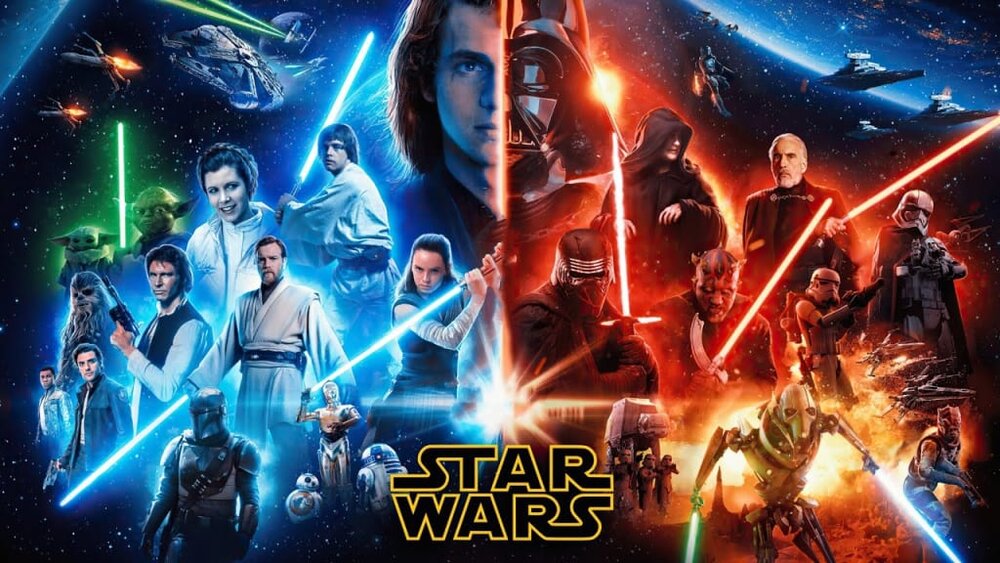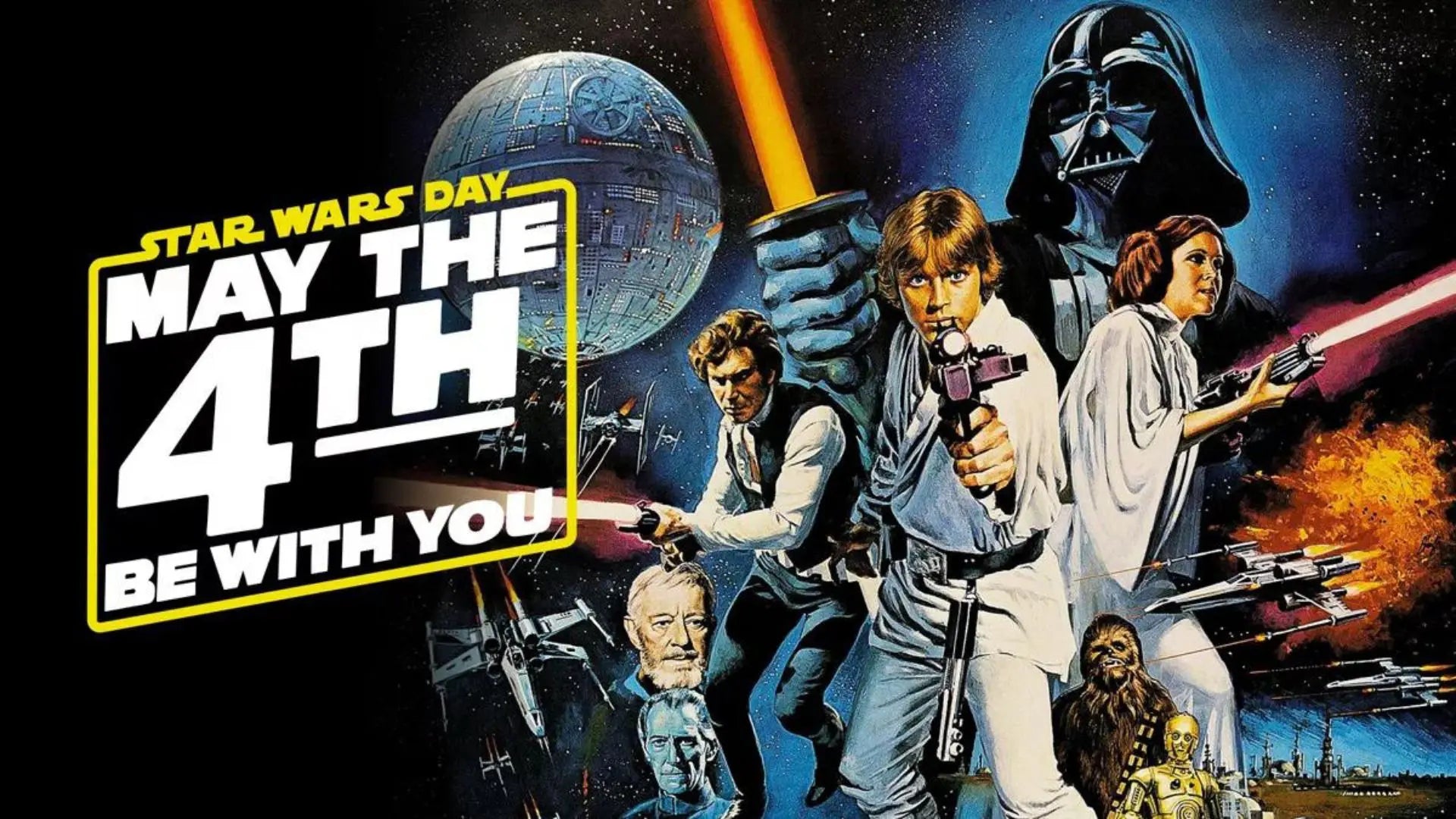In every saga, we’re told the Force must be in balance. It’s the goal of the Jedi, the obsession of the Sith, and the burden carried by the Chosen One. But what does balance in the Force really mean?
And more importantly—has anyone ever truly understood it?
🌟 The Jedi: Order or Illusion?
“Attachment leads to jealousy. The shadow of greed, that is.” – Yoda (Episode III: Revenge of the Sith)
The Jedi Order preaches serenity, discipline, and detachment. They fear emotion, believing it clouds judgment and opens the door to the dark side. But this suppression creates a dangerous fragility—a glass house that shatters under pressure.
In The Clone Wars, we see Jedi like Luminara Unduli ignore the emotional pain of their Padawans, treating loss as mere training. Even Anakin’s fear of losing loved ones—a fear never truly addressed by the Order—is what ultimately breaks him.
Their greatest mistake? Believing that light can exist without shadow.
🌑 The Sith: Freedom or Destruction?
“Peace is a lie, there is only passion.” – The Sith Code
The Sith believe in embracing one’s true self: passion, power, ambition. To them, emotion is not a weakness but a weapon. In Episode III, Palpatine tempts Anakin by validating his fears and promising control over death.
But the Sith path is a trap. It begins with liberation and ends in domination. Power becomes obsession, and identity dissolves into madness—as seen in figures like Darth Maul (Rebels), tormented by vengeance long after he’s lost everything.
True freedom cannot be found in servitude to anger.
🌀 The Chosen One: Savior or Tragic Pawn?
“You were the Chosen One! It was said that you would destroy the Sith, not join them!” – Obi-Wan Kenobi
Anakin Skywalker was meant to bring balance to the Force—but the Jedi never questioned what that meant. Was it the elimination of darkness? Or something deeper?
His fall wasn’t just personal—it was systemic. The prophecy became a curse, as the Jedi tried to mold him into their ideal rather than understand his unique path. Ironically, it was Vader’s final act of love, saving Luke, that brought temporary balance.
But was that true balance—or just a reset?
🧘♂️ The Third Way: Between Light and Dark
Star Wars storytelling has begun exploring a “grey” perspective—characters who defy binaries.
-
Ahsoka Tano, after leaving the Jedi Order in The Clone Wars, follows her own moral compass. She still defends the innocent but refuses the rigidity of the Council.
-
Luke Skywalker, in The Last Jedi, becomes disillusioned with the failures of the Jedi, saying: “It’s time for the Jedi to end.” He realizes that worshiping the light alone is not the solution.
-
Grogu, trained as a Jedi but raised by a Mandalorian, represents a synthesis: instinct, heart, and balance.
These characters remind us that balance is not found in allegiance, but in self-awareness, humility, and growth.
🌌 The Force Speaks to All
“Luminous beings are we, not this crude matter.” – Yoda (The Empire Strikes Back)
In today’s world—polarized, reactive, uncertain—the message of the Force is more relevant than ever. It tells us that strength isn’t about dominance, and peace isn’t about silence. Real balance comes from listening to both the light and the dark within us.
It's not about choosing one over the other. It’s about learning when to let go, and when to fight for what matters.
✨ Final Thought
The Jedi fell because they feared change. The Sith fell because they demanded control. But those who walk the middle path—who embrace empathy, courage, and clarity—just might be the future of the galaxy.
Balance isn’t a destination.
It’s a decision we make… every day.




